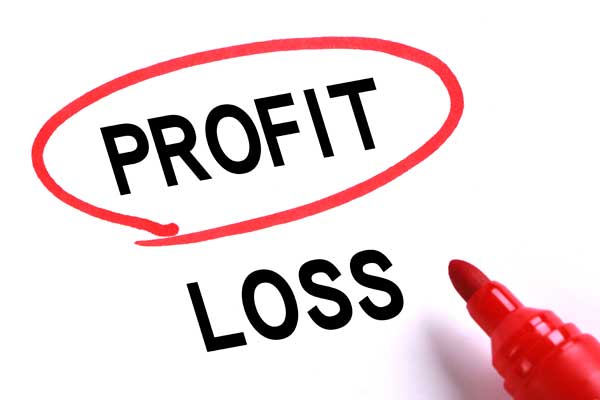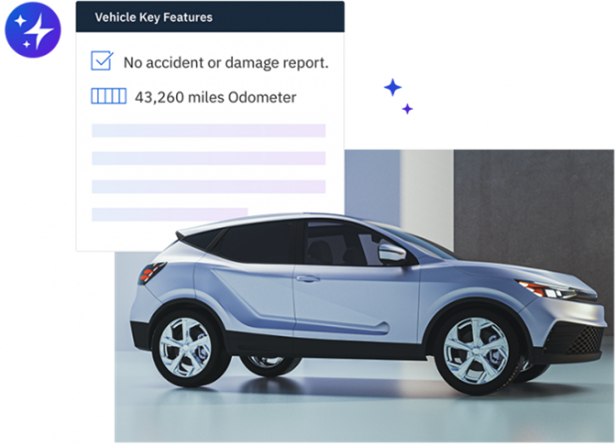What’s the Best Data for Profitable Inventory Decisions?

Article Highlights:
- Market data and sales data can't stand alone... they need each other!
- "You are missing 50% or more of the inventory picture."
I was visiting a Ford dealership about a year ago when I found a great example of what’s wrong with the “market-based pricing” models most inventory software tools are built on in today’s market.
I was talking to the used car sales manager about how he chose inventory for his store.
“It’s pretty simple,” he said. “I just look at what’s selling in my area and try to stock whatever’s been moving.”
He had a used vehicle software tool that showed him market data – the vehicles selling locally and how much they were selling for.
What he said next was telling:
“You know,” he said, “This software keeps telling me to stock Lexus sport utilities, because they consistently sell well at other dealerships in this area. But every time I stock them, I can’t sell a single one. They just sit on my lot for months.”
Market-based Pricing Doesn’t Work On It’s Own
If you’ve ever spent any time at all in used vehicles, you know the problem he’s talking about.
You have hard data that a specific make and model is selling in your area. But when you stock that vehicle at your store, it grows roots on your lot.
Why does this happen? Why do you lose money on vehicles your inventory software predicted would be profitable for you?
The answer: when you rely solely on market-based pricing (as most inventory software systems do), you’re missing 50% or more of the inventory picture.
If you’re not also factoring in what vehicles have been selling at your specific dealership, your “sales history,” it’s likely you’re not always making the best inventory choices for your store.
Let’s look at both market-based pricing and historical pricing at your specific dealership, along with how they can work together to help you make better inventory and pricing decisions over all.
Market Data:
Market data tells you what’s going on outside your four walls and lot. It gives you invaluable information about what your competitors are selling and what vehicles buyers are flocking towards.
It’s important because it helps dealerships stay in the game. You can spot trends happening around you and apply them to your own dealership to make sure you either avoid trouble or reap the benefits along with your competition.
Market data can’t stand alone though. Many dealerships experience the same problem as the Ford dealership I visited. Just because something is hot in the market doesn’t mean it will sell at your dealership. This is why you need to know your sales history.
Sales History:
Sales data, on the other hand, comes from within your dealership. It gives you insight into the buying patterns of your actual consumers, the people who walk on to your lot and then drive away with a purchase.
It’s important because it gives you insight on how specific vehicles performed on your lot in the past. This can help you continue to stock profitable vehicles or avoid making the same mistake twice.
Sales history data does not work well alone either. What if it’s a new model you’ve never had on your lot? You won’t have sales data to determine if you should stock it, but maybe there’s market data to help make that decision.
The Perfect Combination:
The perfect combination is both market data and sales data. You have to know all the facts before you can make the decision to purchase a vehicle and try to sell it on your lot.
Market data lets you know what the general buying population is looking for. Then, looking at your sales data will help determine if that vehicle is a good fit for your dealership and your specific customer base.
Conclusion:
Market data and sales data complement each other, help fill in the gaps, and create the best possible game plan for every vehicle. Ultimately though, the decision to stock a vehicle is yours to make. This is just additional information to help you make the most profitable decision. And what works for your competitor may not always be what works for you.
Keep this in mind the next time you think about your inventory. Do you have all the information you need to make the decision, or are there some gaps you need help filling?
Related Articles:

The Future of Variable Ops with Experts at NADA 2025
Explore how AI is transforming variable operations in automotive retailing with insights from NADA 2025. Learn about efficiency, profitability, and fraud prevention from industry leaders.

Decision made regarding the Vehicle Shopping Rule – now what?
Check out five key takeaways from the Vehicle Shopping Rule to keep your dealership safe from FTC enforcement actions.

3 Ways AI Can Elevate Your Dealership’s Online Inventory
On average, Americans are exposed to between 4,000 and 10,000 advertisements every day. From commercials on TV to billboards on your way to work, all…

The Pizza Playbook – What Ordering Pizza Teaches Us About F&I
For as long as I can remember, my family had “pizza night” every week. Without fail, every Friday evening we’d all gather around the computer…















